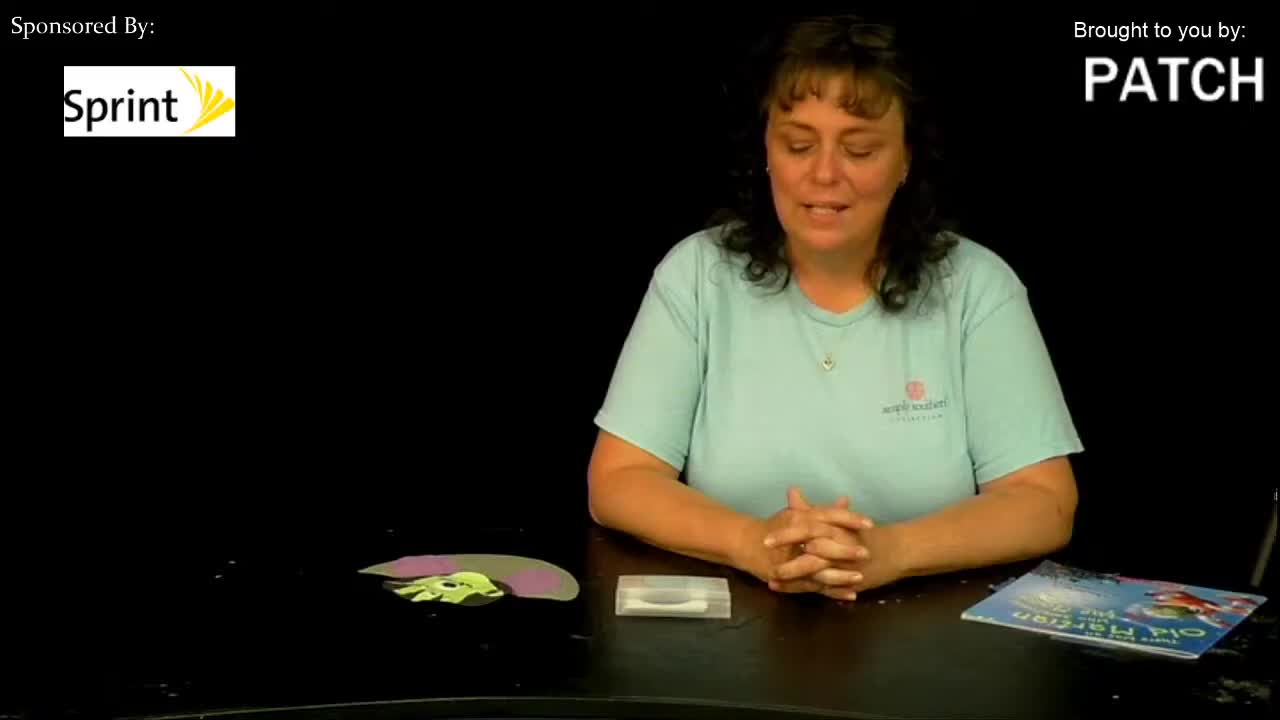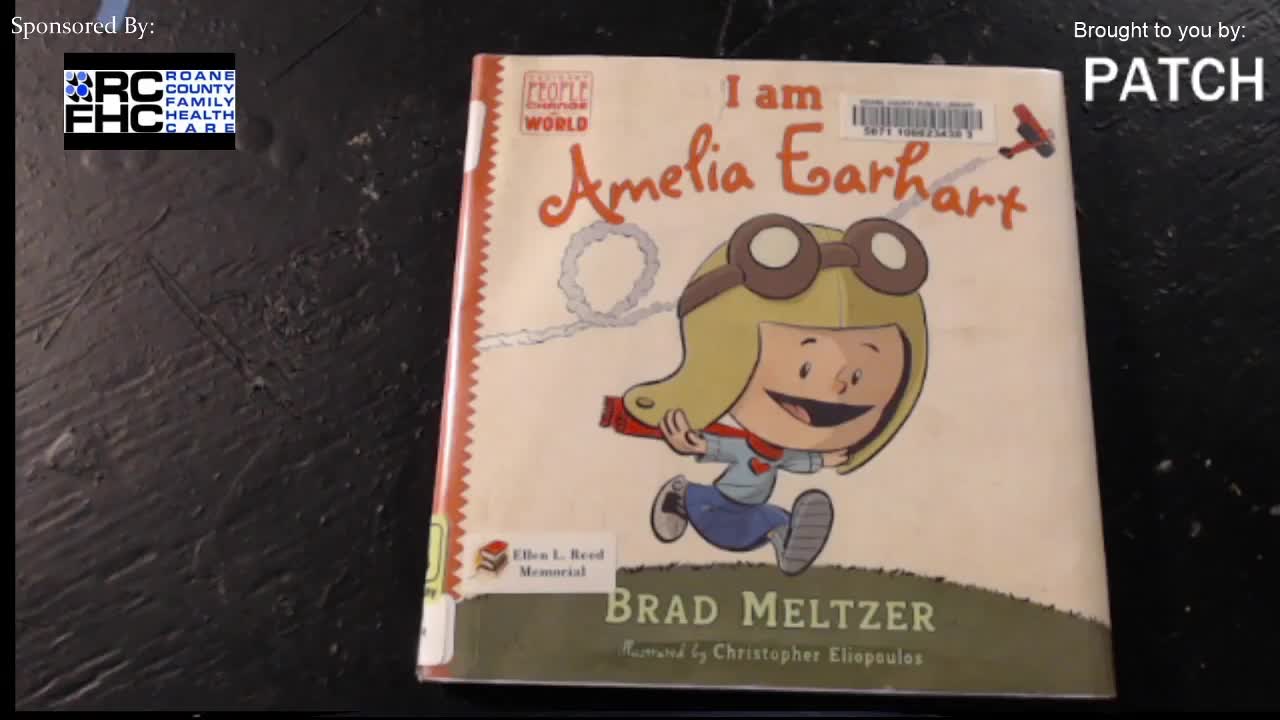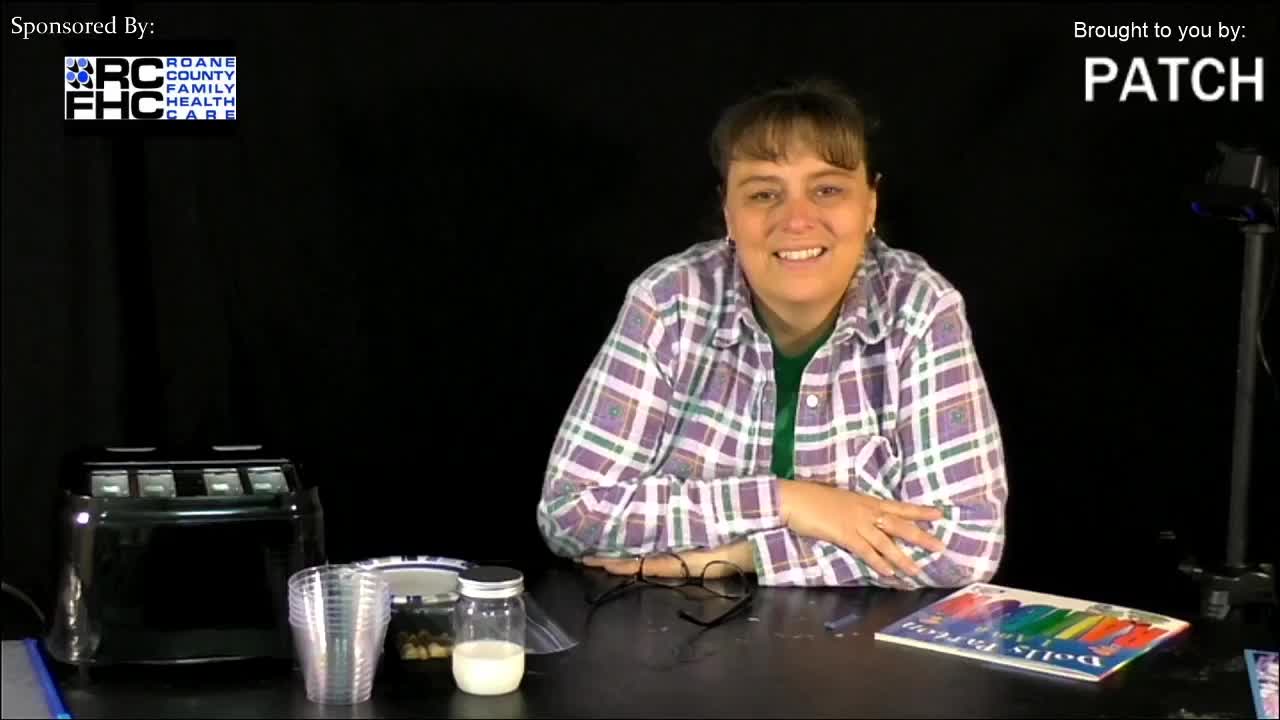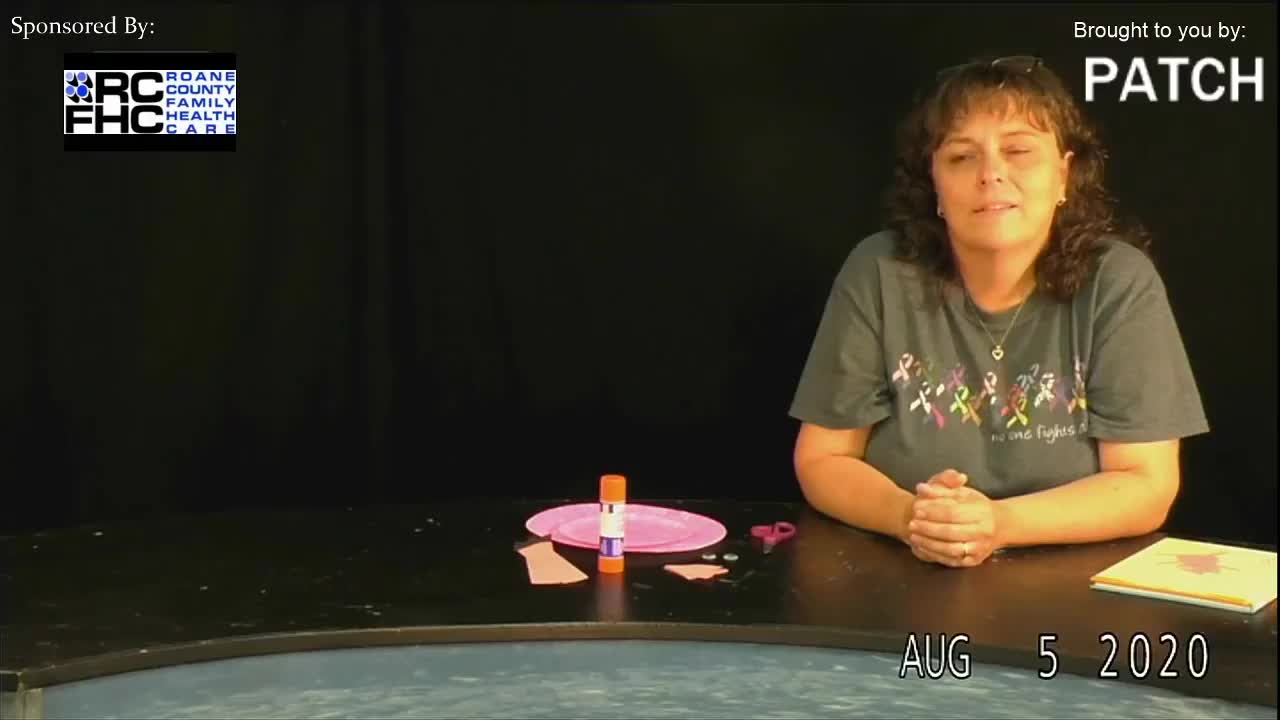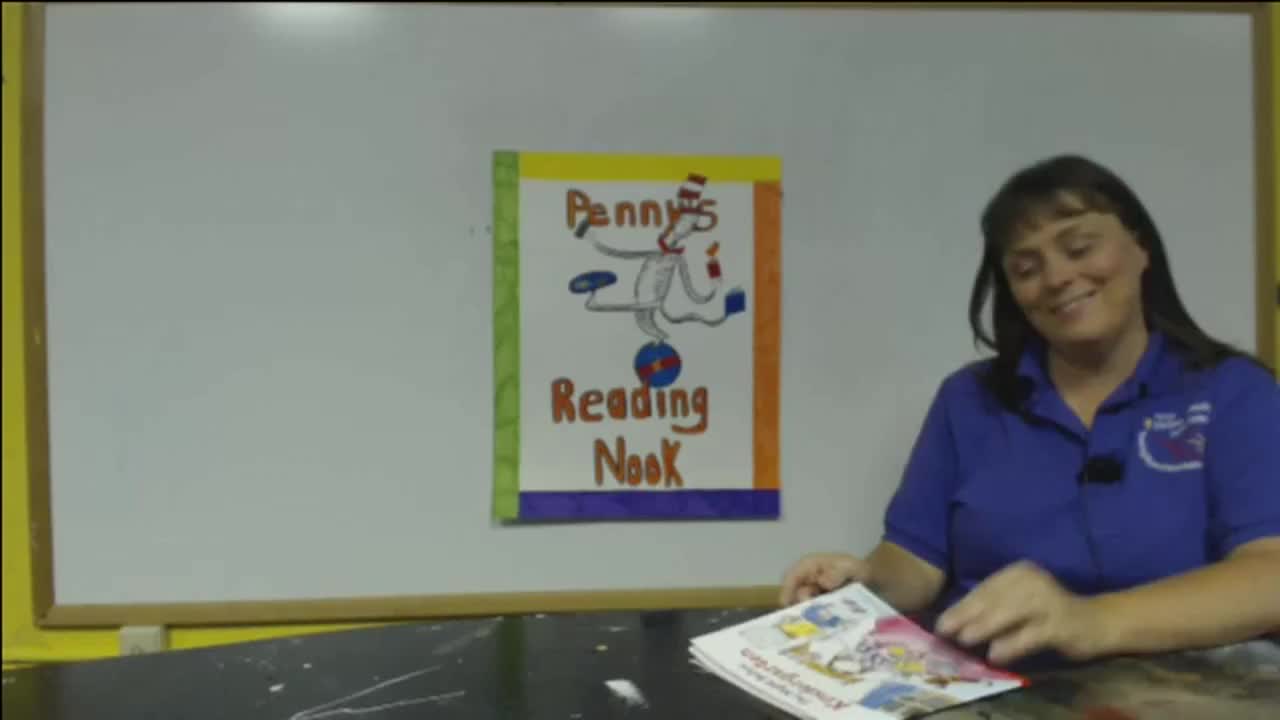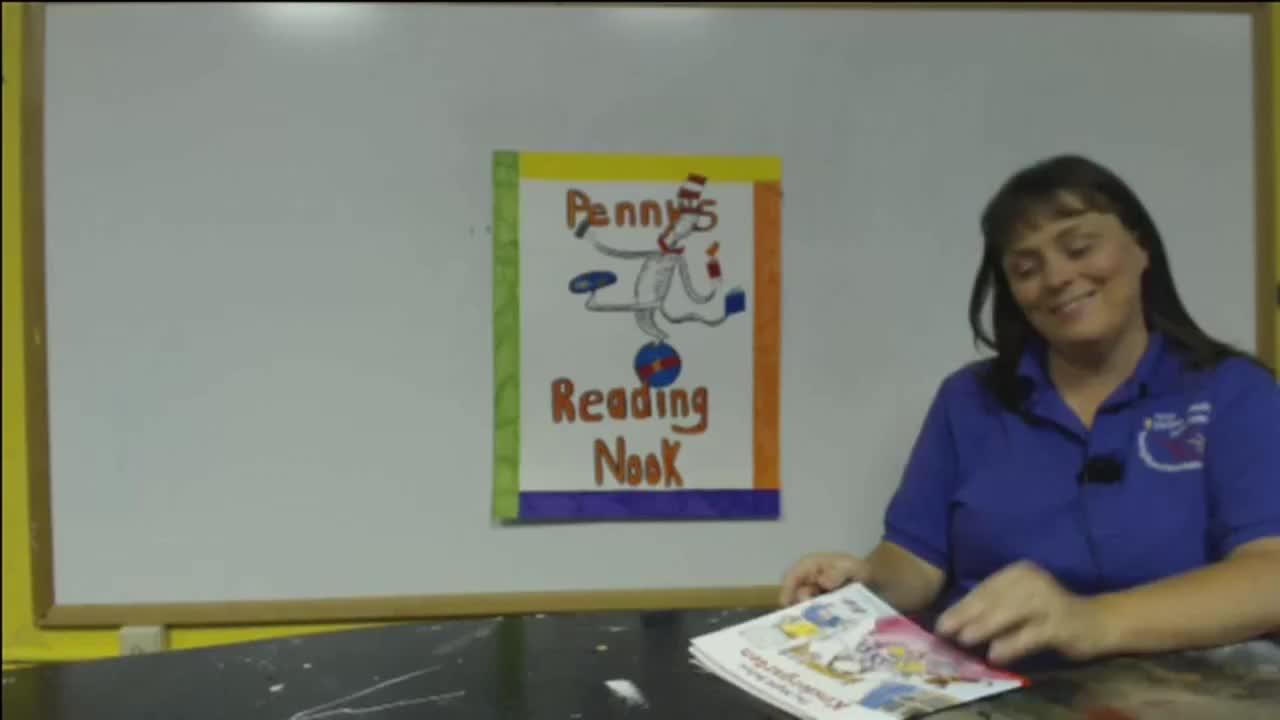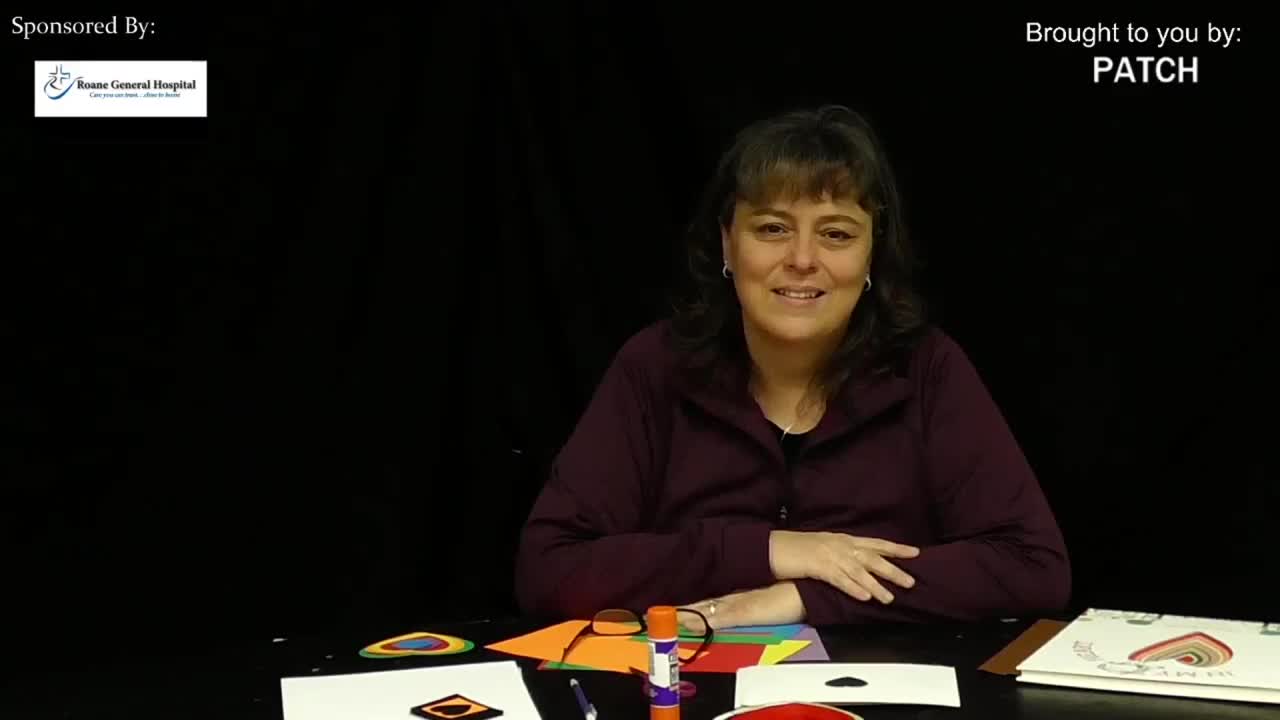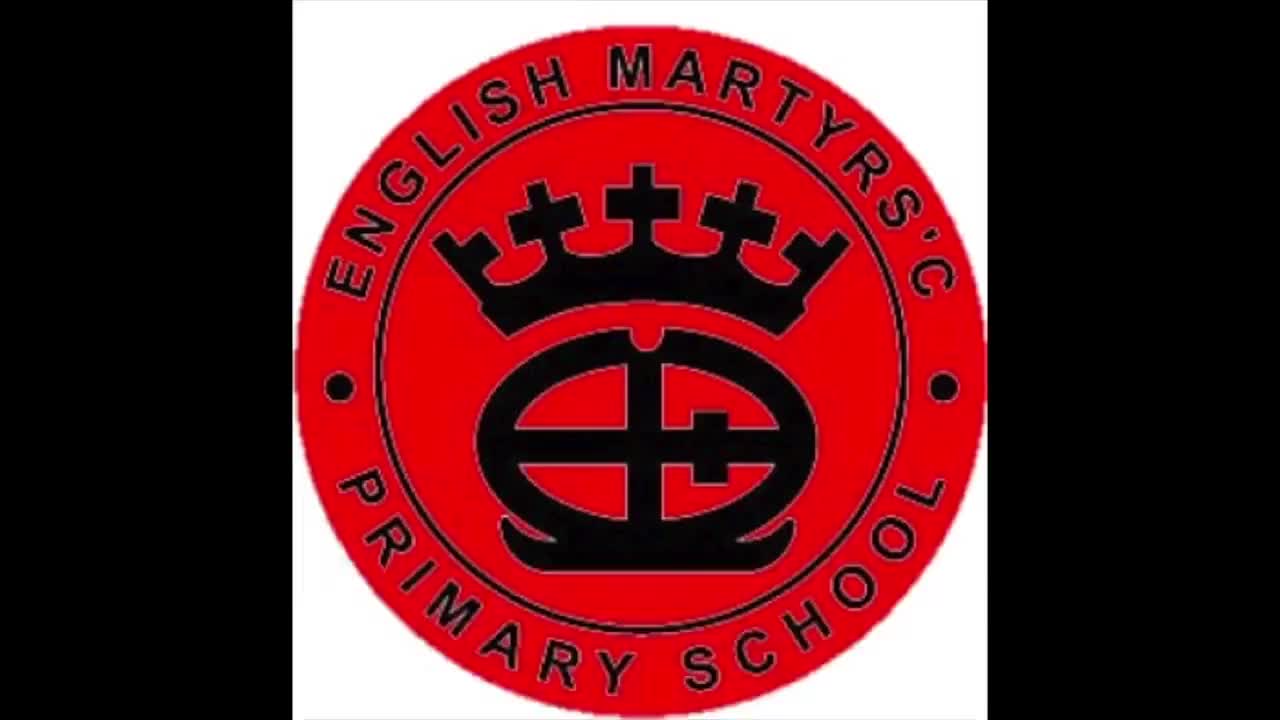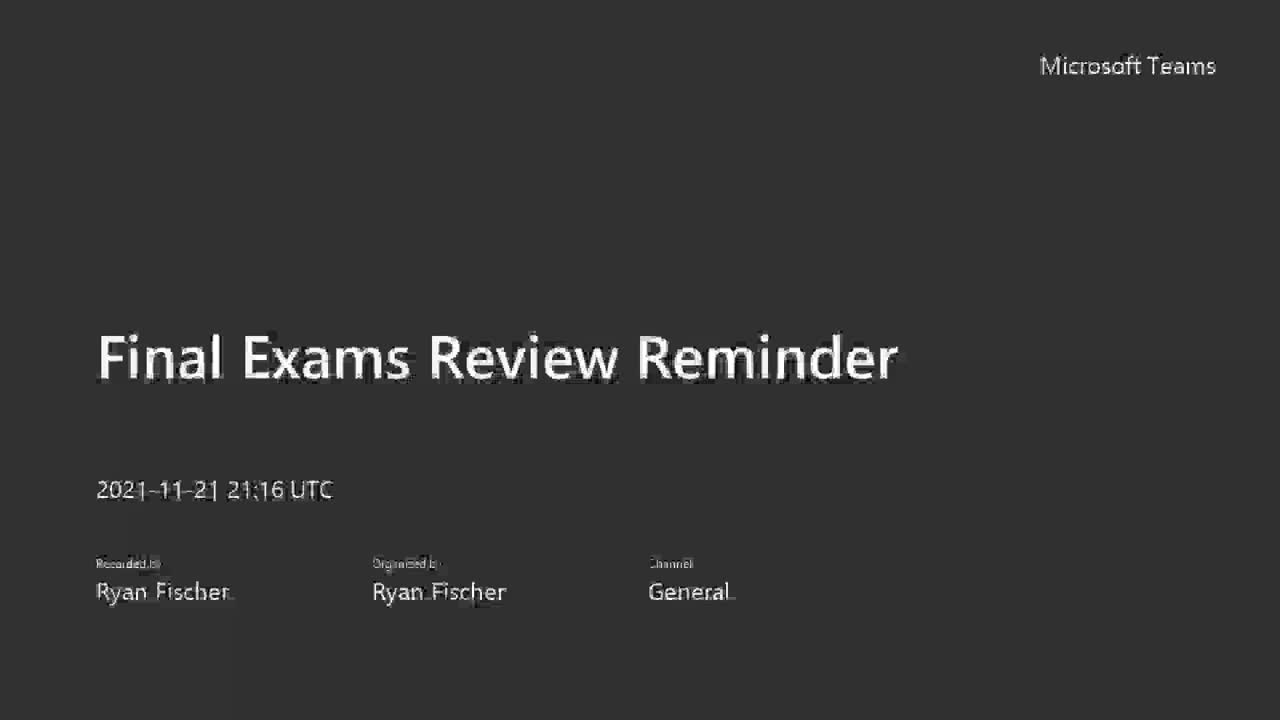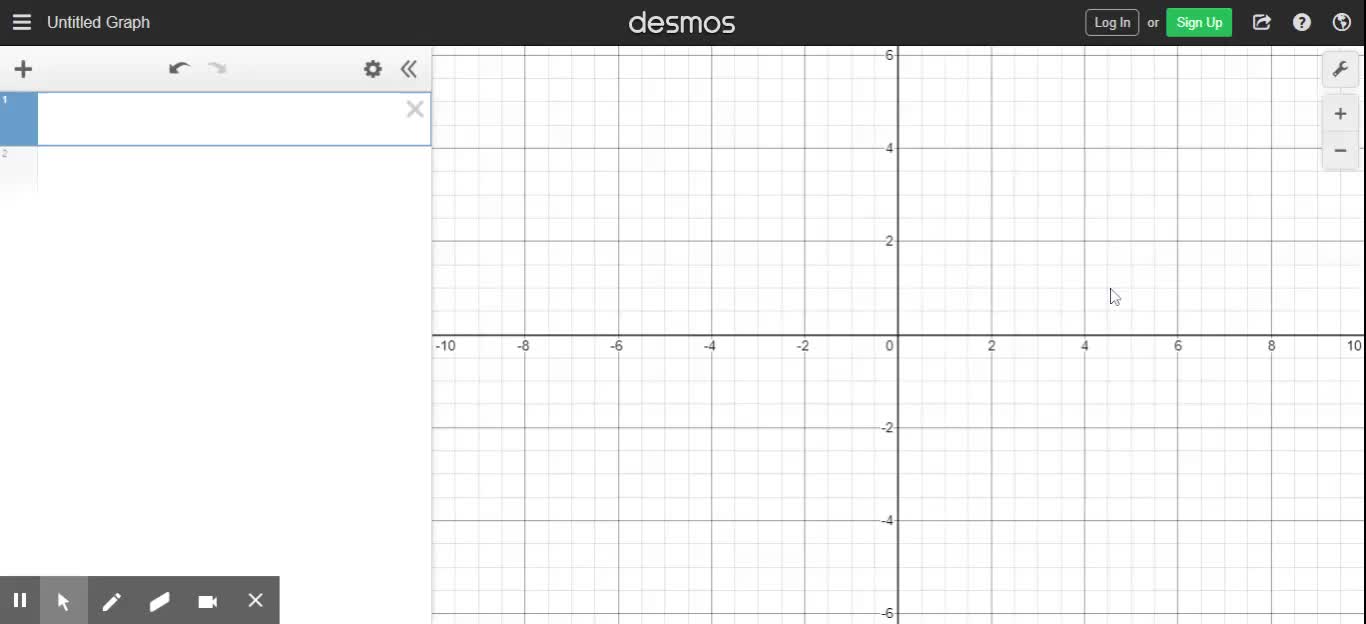Weathering and Erosion - Part 1
High School / Arts / Art
Weathering and Erosion: Break It Down and Mov
Anywhere, anytime, science is essential.
Everywhere, all the time science was your potential.
Now its peoples power, don?t waste another hour.
You can do it!
Anywhere, anytime.
This is a breaking new special report. Hello, I?m Drew Blankstien with a special science update. For the very latest and still developing story let?s go to our reporter on the scene it?s Danielle Zarros.
Hi this is Danielle Zarros with your latest big report. I am sorry to say all this hurricanes and storms you are having are causing a lot of big erosion.
You know in Florida we hear a lot of this term erosion. But what exactly does it mean?
Erosion is the movement of rock and soil that?s been broken down by the process of weathering. It is often used with the term ?Deposition?. This s one particles are dropped in the erosion process. I?m Danielle Zarros with latest big report from the weathering channel.
Thank you Danielle. Or perhaps we should start at the beginning in order to better understand this process.
If we took a slice out of the earth this is what it will look like, 3 distinct layers. The core, the mantel and the layer of solid rock called the crust. The core is the center layer. It?s very hot. It has an outer core with liquid ion and an inner core of solid ion. Then there?s the mantle, a layer closest to the core is very hot. While the upper part of the mantle is made of more solid rock. Above that is a cooler solid rock. This thin layer is called the earth?s crust.
We lived on the surface of earth called the Crust. It?s made of rock and it?s a very small portion of the actual earth. But it is a very important part. The Earth?s surface is slowly, but constantly changing all around us.
We?ve just learned yes, crust is made of solid rock. Rocks, they may all look the same but this investigating report will uncover the reality of rocks.
I?m Tyler Murray and the weather and erosion land with a collection of rock samples. There are 3 categories of rocks. The categories are based on how the rocks are formed. This is an igneous rock. It?s form of molten rock beneath the surface of the earth, cools and hardens. Sedimentary rocks like this one are from the sediment including the pebbles, sand, silt and clay get squeezed and cemented together. This one was changed over time, by pressure and heat to form a metamorphic rock.
Unbelievable, just when you thought a rock is just a rock. It turns out we have a lot to learn. What we?ll show you next will rock you!
The formation and continual change of rocks over time is called the Rock Cycle.
Let?s think back to our slice of earth. The earth?s crust is constantly being changed by weather and erosion. Weather and erosion shaped our land. The process of weathering breaks down rocks over thousand of years and erosion was it all around. This process is usually very slow. But sometimes a natural disaster like our hurricane speed it up.
How would the surface of Earth look if, like the surface of the moon, there was very little atmosphere or weather?
This is a breaking new special report. Hello, I?m Drew Blankstien with a special science update. For the very latest and still developing story let?s go to our reporter on the scene it?s Danielle Zarros.
Hi this is Danielle Zarros with your latest big report. I am sorry to say all this hurricanes and storms you are having are causing a lot of big erosion.
You know in Florida we hear a lot of this term erosion. But what exactly does it mean?
Erosion is the movement of rock and soil that?s been broken down by the process of weathering. It is often used with the term ?Deposition?. This s one particles are dropped in the erosion process. I?m Danielle Zarros with latest big report from the weathering channel.
Thank you Danielle. Or perhaps we should start at the beginning in order to better understand this process.
If we took a slice out of the earth this is what it will look like, 3 distinct layers. The core, the mantel and the layer of solid rock called the crust. The core is the center layer. It?s very hot. It has an outer core with liquid ion and an inner core of solid ion. Then there?s the mantle, a layer closest to the core is very hot. While the upper part of the mantle is made of more solid rock. Above that is a cooler solid rock. This thin layer is called the earth?s crust.
We lived on the surface of earth called the Crust. It?s made of rock and it?s a very small portion of the actual earth. But it is a very important part. The Earth?s surface is slowly, but constantly changing all around us.
We?ve just learned yes, crust is made of solid rock. Rocks, they may all look the same but this investigating report will uncover the reality of rocks.
I?m Tyler Murray and the weather and erosion land with a collection of rock samples. There are 3 categories of rocks. The categories are based on how the rocks are formed. This is an igneous rock. It?s form of molten rock beneath the surface of the earth, cools and hardens. Sedimentary rocks like this one are from the sediment including the pebbles, sand, silt and clay get squeezed and cemented together. This one was changed over time, by pressure and heat to form a metamorphic rock.
Unbelievable, just when you thought a rock is just a rock. It turns out we have a lot to learn. What we?ll show you next will rock you!
The formation and continual change of rocks over time is called the Rock Cycle.
Let?s think back to our slice of earth. The earth?s crust is constantly being changed by weather and erosion. Weather and erosion shaped our land. The process of weathering breaks down rocks over thousand of years and erosion was it all around. This process is usually very slow. But sometimes a natural disaster like our hurricane speed it up.
How would the surface of Earth look if, like the surface of the moon, there was very little atmosphere or weather?


